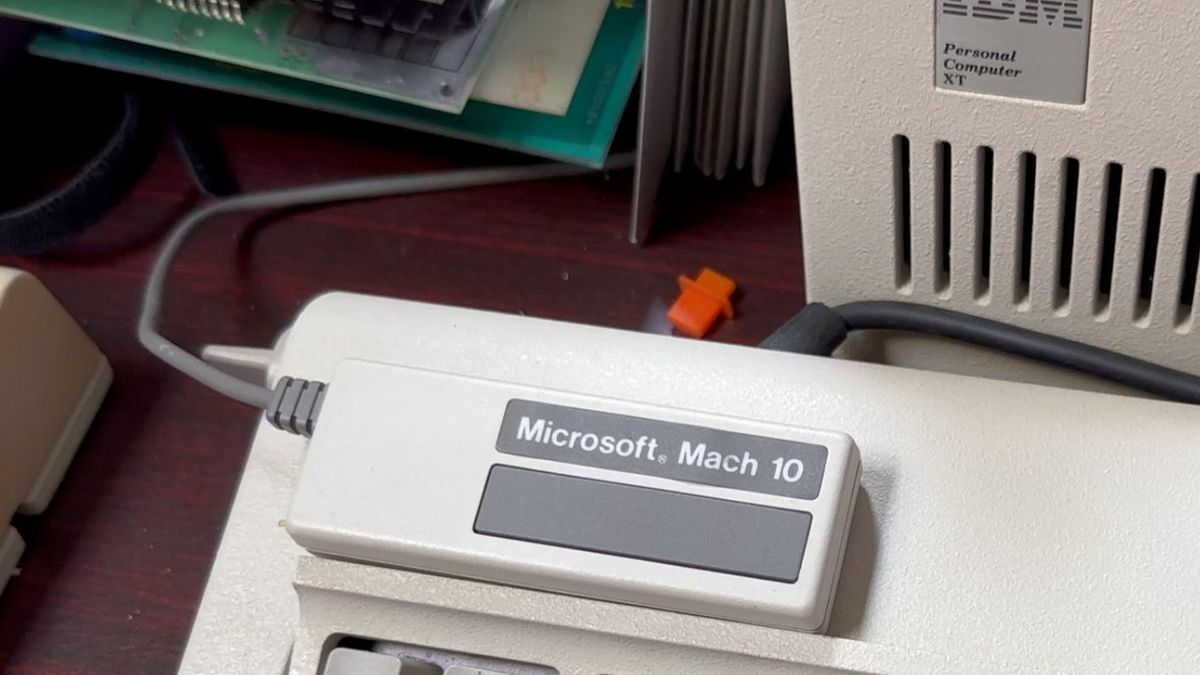The Reserve Bank of India (RBI) is set to broaden the reach of its digital rupee pilots by introducing new use cases and features for both its retail and wholesale central bank digital currencies (CBDCs), according to the central bank’s Annual Report for 2024–25.
The central bank said it aims to explore programmability and offline capabilities for the digital rupee, features that may increase its applicability in areas with limited internet access and tailor payments for specific use cases such as government subsidies or corporate spending controls.
Currently, both versions of the CBDC are undergoing pilot testing. The retail CBDC pilot is being conducted with select customers and merchants through participating banks, while the wholesale pilot is targeting use in the interbank market.
Per the report, the retail pilot has reached 600,000 users across 17 banks. To further scale adoption, the RBI has allowed “certain non-banks [...] to offer CBDC wallets.”
The wholesale pilot has also seen increased institutional interest. The scope of the wholesale was further expanded and diversified with the addition of four standalone primary dealers (SPDs), the report confirmed.
Related: Indian high court orders steps to block Proton Mail
India dominates real-time payments
During the financial year 2024–25, digital payments in India experienced significant growth, both in terms of volume and value. According to the report, total digital payments recorded a growth of 34.8% in volume and 17.9% in value.
Furthermore, India dominated global real-time payments during the year. The RBI noted that the Unified Payments Interface (UPI) “placed India in a leadership position with a share of 48.5 percent in global real-time payments by volume.”
The central bank said several innovative features were introduced to extend the benefits of digital payments to wider segments of society.
For instance, the report mentions that the “Delegated Payments” feature was rolled out, allowing “individuals (primary user) to allow another individual (secondary user) to make UPI transactions up to a limit from the primary user’s bank account.”
Related: Indian town adopts Avalanche blockchain for tamper-proof land records
India’s Supreme Court calls for crypto regulation
On May 20, India’s Supreme Court raised concerns over the government’s inaction in regulating cryptocurrencies like Bitcoin, despite already imposing a 30% tax on them.
Justice Surya Kant criticized the existence of a “parallel economy” through digital assets, calling it a potential threat to the nation’s financial system.
In India, users pay a 30% tax on profits from crypto trading, which has been in effect since April 2022.
Though crypto firms operating in the country endure increasing regulatory oversight, India is estimated to have more than 100 million digital asset holders out of its 1.4 billion people.
Magazine: Move to Portugal to become a crypto digital nomad — Everybody else is

 5 months ago
99
5 months ago
99







 English (US) ·
English (US) ·